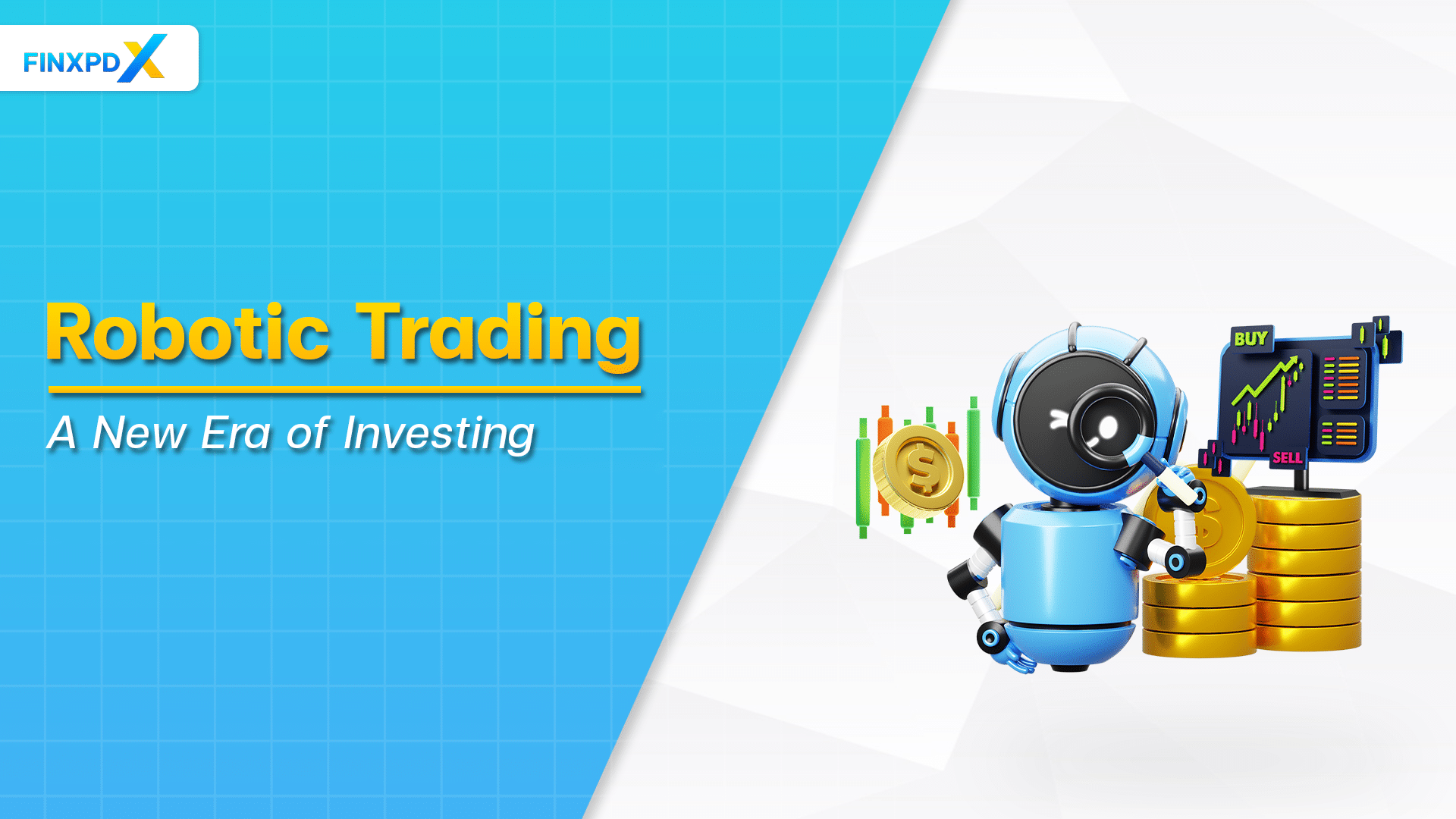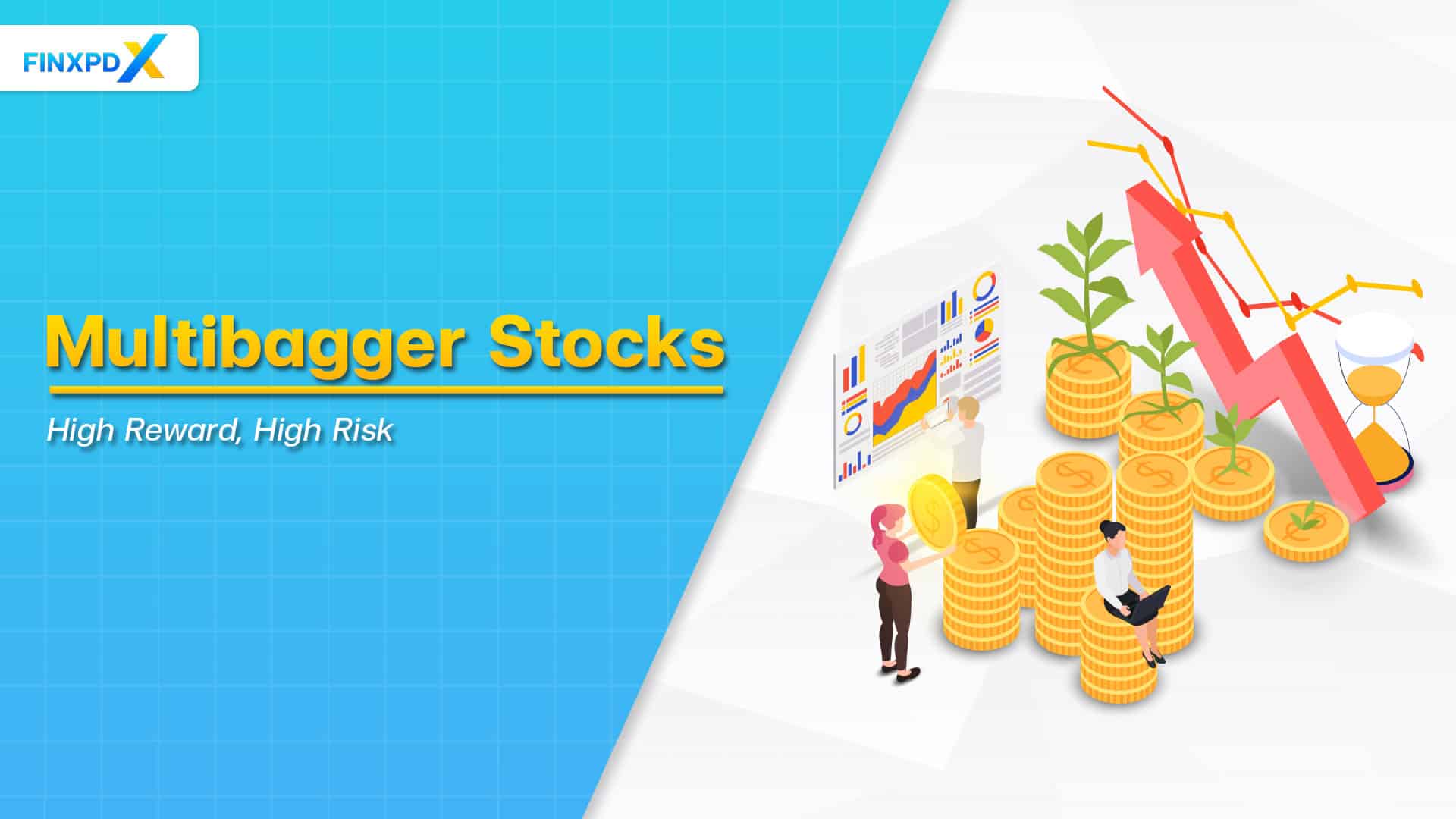Robotic trading, or robot trading, has transformed the way investors participate in financial markets. By utilizing advanced algorithms and automated trading systems, robotic trading eliminates human emotions and biases from the decision-making process.
This article explores the concept of robotic trading, how it works, different types of robotic trading, the pros and cons, strategies for successful trading, and guidance on choosing the best robotic trading software.
What Is Robotic Trading?
Robotic trading, also referred to as algorithmic trading or automated trading systems, involves the use of computer algorithms to execute trades in financial markets. These algorithms utilize pre-defined rules and parameters to identify trading opportunities, place orders, and manage positions automatically.
The goal of robot trading is to maximize efficiency, reduce human error, and execute trades at optimal prices and speeds. By eliminating human emotions and biases from the decision-making process, robot trading can capitalize on market opportunities with precision and consistency.
Robotic trading systems have become increasingly popular due to their ability to analyze vast amounts of market data, adapt to changing market conditions, and execute trades at high speeds. By leveraging the power of automation and algorithmic intelligence, investors can potentially improve trading performance and achieve more consistent returns.
Key Takeaways
- Robotic trading utilizes advanced algorithms and automated systems to eliminate human emotions and biases from the decision-making process.
- Robotic trading works by using pre-programmed trading strategies based on historical data, market conditions, and specific trading objectives.
- There are different types of robotic trading strategies, including trend following, mean reversion, momentum trading, statistical arbitrage, and high-frequency trading.
- Choosing the best robotic trading software involves evaluating performance metrics, compatibility, customization options, backtesting capabilities, and user-friendly interfaces.
How Does Robotic Trading Work?
Robotic trading operates by executing pre-programmed trading strategies. These strategies are developed using historical trading data, market conditions, and specific trading objectives. By analyzing patterns and signals in the data, the algorithms enable the system to make informed trading decisions, free from human emotions and biases.
The process of robotic trading involves several key steps:
1. Data Analysis
The robotic trading system collects and analyzes large amounts of historical trading data, including price movements, volume, and other relevant factors. This data serves as the foundation for identifying patterns and signals that can inform trading decisions.
2. Strategy Development
Based on the analysis of historical data, traders or developers create trading strategies using programming languages or specialized software. These strategies contain predefined rules and parameters that determine when to enter or exit trades.
3. Order Execution
Once the trading strategy is developed, the robotic trading system automatically executes trades based on the identified signals. This eliminates the need for manual input and ensures rapid execution at optimal prices.
Robotic trading systems can be further customized to incorporate risk management techniques, portfolio diversification, and other advanced features. These systems can operate in a variety of financial markets, including stocks, forex, commodities, and cryptocurrencies, allowing traders to capture trading opportunities across multiple asset classes.
Types of Robotic Trading
Robotic trading offers a range of strategies that investors can utilize to participate in financial markets. These strategies are designed to exploit various market conditions and take advantage of different trading opportunities. Here are five common types of robotic trading strategies:
1. Trend Following
This strategy involves identifying and trading in the direction of established market trends. It aims to capture profits by riding the trend until it reverses.
2. Mean Reversion
Mean reversion strategy focuses on trading assets that have deviated significantly from their average prices, with the expectation that they will revert back to the mean.
3. Momentum Trading
Momentum trading involves capitalizing on the momentum of strong price moves by entering positions in the same direction as the prevailing trend.
4. Statistical Arbitrage
Statistical arbitrage strategy exploits relative mispricing between related securities, aiming to profit from the convergence of their prices.
5. High-Frequency Trading
High-frequency trading uses advanced algorithms to execute a large number of trades at high speeds, taking advantage of small price differences.
Pros and Cons of Robotic Trading
Understanding these pros and cons is crucial for making informed decisions when considering the use of robot trading systems.
Pros
1. Increased Speed and Efficiency
Robotic trading executes trades rapidly, capturing opportunities that might be missed by humans. It automates trading, removing manual delays and enhancing efficiency.
2. Elimination of Emotional Biases
It operates on preset rules, avoiding human emotional biases like fear and greed. This results in data-based, objective decision-making.
3. 24/7 Trading
These systems trade continuously, capitalizing on opportunities across global markets and different time zones, even when the trader is unavailable.
Cons
1. Reliance on Historical Data
Robotic trading depends on historical data for decision-making. This approach may not predict unforeseen events or rapid market changes, underscoring the need for trader vigilance.
2. System Vulnerabilities
Vulnerable to glitches, bugs, and cyber threats, these systems can incur financial losses. Traders should implement safeguards and regularly update systems.
3. Potential for Technology Failures
Relying on stable internet, hardware, and software, any disruption can affect trade execution. Traders should have backup systems to minimize the impact of technology failures.
5 Strategies for Successful Robotic Trading
You can optimize your robotic trading systems and enhance your chances of achieving profitable results in automated trading by implementing these five strategies:
1. Risk Management
Implement a risk management strategy to protect your capital and minimize potential losses. Set appropriate stop-loss levels, diversify your portfolio, and avoid overexposure to volatile assets.
2. Diversification
Spread your investments across multiple assets, sectors, and trading strategies to reduce risk and potentially increase returns. Diversification can help mitigate the impact of individual asset volatility and market fluctuations.
3. Optimization
Continuously optimize your robot trading strategies to adapt to changing market conditions. Regularly review and refine your algorithms and parameters based on historical performance and market trends.
4. Backtesting
Before implementing your automated trading systems in live markets, make sure to thoroughly backtest them using historical data. This process helps evaluate the performance and feasibility of your strategies and identify any potential weaknesses or areas for improvement.
5. Monitoring
Regularly monitor the performance of your robotic trading systems to ensure they are functioning as intended. Stay updated on market events and news to make any necessary adjustments to your strategies. Monitor the execution of trades and review the outcomes to identify any issues or opportunities for optimization.
How to Choose the Best Robotic Trading Software
To help you in this process, here is a step-by-step guide on how to select the best robotic trading software:
1. Evaluate Performance Metrics
Start by researching and comparing the performance metrics of different robot trading software. Look for factors such as profitability, consistency, maximum drawdown, and risk-adjusted returns. These metrics will give you an idea of the software’s historical performance.
2. Consider Compatibility
Ensure that the robot trading software you choose is compatible with your preferred trading platform. It should seamlessly integrate with the platform’s data feed, order execution, and other functionalities. Compatibility is essential for smooth and efficient operation.
3. Assess Customization Options
Look for a robot trading software that offers customization options. This allows you to tailor the software to your specific trading strategy and preferences. Customization features can include setting parameters, creating rules, and adjusting risk management settings.
4. Check Backtesting Capabilities
Find software that allows you to backtest your strategies using historical market data. This will help you evaluate the performance and effectiveness of your strategies.
5. Consider User-Friendly Interfaces
User-friendly interfaces are important for ease of use and efficient navigation. The software should have a clear and intuitive interface that allows you to monitor and control your trades effectively. A clutter-free and well-designed interface can enhance your trading experience.
Conclusion
Robotic trading represents a significant advancement in contemporary investing, providing a combination of speed, efficiency, and reduced emotional bias, which enhances traditional trading methods. The capacity to process large data sets, execute trades quickly, and function around the clock in different markets and time zones enhances investors to seize market opportunities.
However, it’s essential to acknowledge the challenges and risks, and choose the right software that aligns with their trading goals and strategies. As the financial markets continue to evolve, robotic trading is likely to become influential, gradually altering investment strategies and decision-making processes.
FAQs
Robotic trading, also known as algorithmic or automated trading, uses computer algorithms for trading in financial markets. These algorithms analyze market data, identify opportunities, and execute orders automatically. This approach removes human emotions and biases, leading to faster, more efficient trading.
It can be appropriate for beginners with an understanding of its principles and risks. It’s important to learn basic investment concepts and start with small investments, increasing exposure gradually.
Robotic trading can enhance performance by reducing human errors and emotions. Algorithms process vast data, identify patterns, and make timely trades. Success depends on the quality of the strategy and adaptability to market changes. Constant monitoring and algorithm refinement are crucial.
To choose the right robotic trading software, consider performance metrics, platform compatibility, customization options, and user-friendliness. You can also research and seek advice from experienced traders for informed decisions.
It is typically legal, but regulations vary by location. Consult local laws, use reputable software, and comply with licensing and registration requirements to ensure legality.
Related Articles:
- Long Unwinding: An Interesting Technique in Trading
- FOMO Trading: Spotting and Tackling the Hidden Enemy
Read more: Stocks








